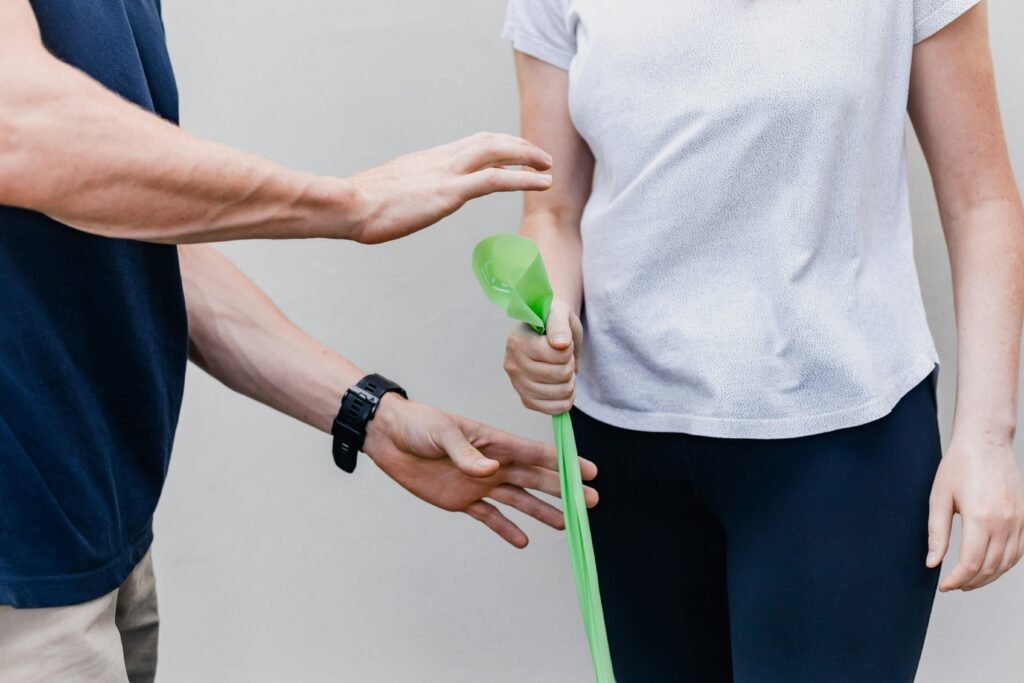Introduction
Rehabilitation emphasizes the current abilities of individuals with disabilities, striving to elevate their functional capacity to its highest potential through a synergistic approach that integrates medical, social, educational, and vocational interventions.
it makes life easier and meaningful for the handicapped individual and adds more life to years
It is the third phase of medical care after prevention and curative medicines
Preventive medicine represents the initial phase in disease management, aiming to thwart the onset of illness by preventing interactions between the agent, host, and environment.
Curative medicine is the second phase which focuses on attempting to cure the disease.
There are several conditions which has no cure but the agent causing the disease has been eliminated from the host and residual effects like paralysis still persist
Therefore, there is a need for a third phase also called rehabilitation
Rehabilitation should be started as early as possible in order to ensure best results
Medical Rehabilitation
Medical rehabilitation involves employing medical and paramedical expertise to aid in the treatment of patients.
The purpose of medical rehabilitation is to minimize disability.
It is often stated that “The main goal of rehabilitation is to improve the quality of life, rather than just prolonging it.”

Sociovocational Rehabilitation
Sociovocational rehabilitation involves a collaborative approach to help individuals with disabilities secure meaningful employment, access a barrier-free living space, and create a supportive social environment to mitigate their disabilities
In vocational rehabilitation, the principle of the “Right to Work” asserts that employment should be regarded not just as a means of earning income, but as a fundamental aspect of living and a source of dignity for individuals
It is an outlet for his or her aspirations, and adds to his self esteem as an independent contributor to society
The role of sociovocational rehabilitation is to minimize handicap
Preventive Rehabilitation
Prevention of disability begins well before birth, prior to the onset of illness, and before any initial disability manifests.
In some cases, disability prevention can occur before birth through measures like genetic counseling, addressing potential genetic defects or blood group incompatibilities to mitigate future disability risks.
For example, in Duchenne muscular dystrophy, parents can be counseled regarding the likelihood of another child developing symptoms of the disease in the future
Impairment
Any loss or abnormality affecting psychological, physiological, or anatomical structure or function
For example, this can include the loss of a finger, impaired conduction of impulses in the heart, or depletion of specific chemicals in the brain resulting in Parkinsonism
Not all impairments result in disability; for instance, the loss of the pinna of the ear, while an impairment, does not lead to hearing loss but rather results in a cosmetic deficiency
Disability
Any limitation or inability to perform an activity in a manner or within the range considered normal for a human being due to an impairment can be considered as disability
e.g. experiencing difficulty in walking following a lower limb amputation
It is important to note that strenuous or infrequently performed activities, such as rock climbing or windsurfing, are not considered when assessing disability.
To be classified as disabled, a person should be unable to perform everyday activities that are considered normal for their age, sex, or physical condition
Handicap
A handicap is defined as a disadvantage experienced by an individual within their social context due to an impairment or disability, which limits or prevents them from fulfilling a role that is considered normal for them
Impairment manifests as a problem at the tissue or organ level, disability affects the individual level, while handicap reflects the translation of the problem at the societal level.
Goal of Rehabilitation
Orientation: For a person with a head injury or cerebral palsy, disorientation to their surroundings can hinder their daily activities such as feeding or toileting..
Physical independence: Every handicapped person hopes to lessen their dependence on those who care for them
Mobility: Conditions like Poliomyelitis and paraplegia that severely hamper mobility and thus even day to day tasks like moving around in the house can become very challenging.
Occupational integration: Providing training and placement in a suitable job.
Social integration: efforts should be made to include individuals with disabilities in society rather than isolating them.